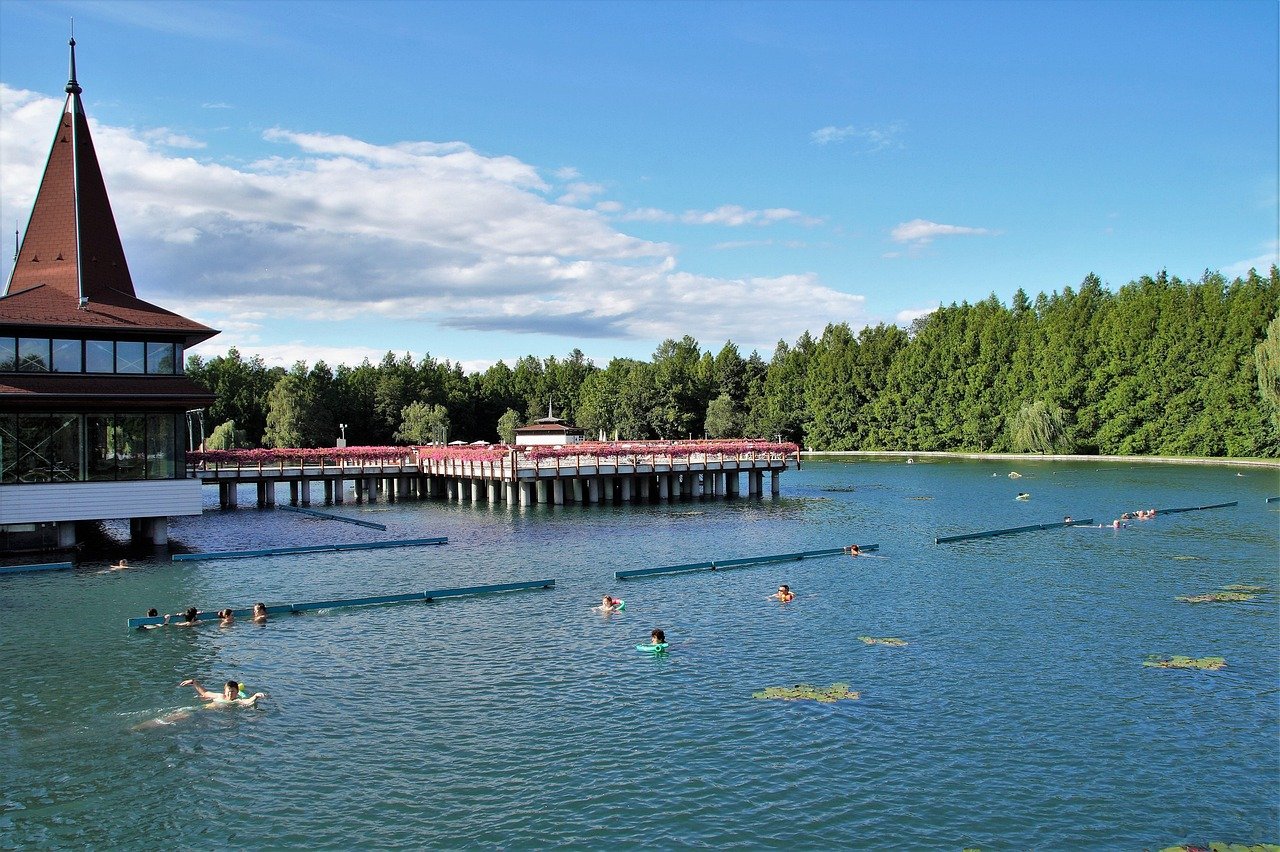Have you ever wondered how a sudden plunge into cold water can impact your body? It might seem like just a shocking experience, but the effects on your blood chemistry and oxygen levels are far more profound than you might think.
Understanding Cold Water Immersion
When you immerse yourself in cold water, your body goes through an array of physiological changes. These changes occur almost immediately, impacting your blood chemistry and oxygen levels. Understanding these reactions can help you appreciate the body’s resilience and adaptability.
The Initial Shock
The first response your body has to cold water is a shock. This shock triggers a cascade of reactions, chiefly the constriction of blood vessels, known as vasoconstriction. When your body senses cold, it tries to maintain core temperature, causing blood to rush away from your extremities.
Implications of Vasoconstriction
- Reduces blood flow to limbs
- Conserves heat for vital organs
- Increases blood pressure temporarily
This initial shock can leave you gasping if you’re unprepared, and your heart rate can spike dramatically. The increased heart rate might initially seem alarming, but it’s your body’s way of ensuring blood reaches your vital organs despite reduced overall circulation.
The Chemistry of Your Blood
Cold water has a remarkable way of altering your blood chemistry. These changes can influence various physiological processes, including metabolism and oxygen transportation.
Oxygen Transport and Hemoglobin
When your body temperature drops, your hemoglobin—the protein in red blood cells responsible for transporting oxygen—undergoes changes that can affect how efficiently it binds and releases oxygen.
Understanding Hemoglobin Function
- Increased Oxygen Affinity: Cold temperatures can cause hemoglobin to carry oxygen more tightly, which may reduce the amount of oxygen available for tissues.
- Bohr Effect: As you get colder, your blood’s pH can lower (become more acidic), which encourages hemoglobin to release oxygen more readily to tissues that need it most.
This intricate dance of chemistry aids your body in adapting to the cold environment, ensuring that while overall oxygen carrying capacity may be affected, your body still prioritizes oxygen delivery where it’s most necessary.
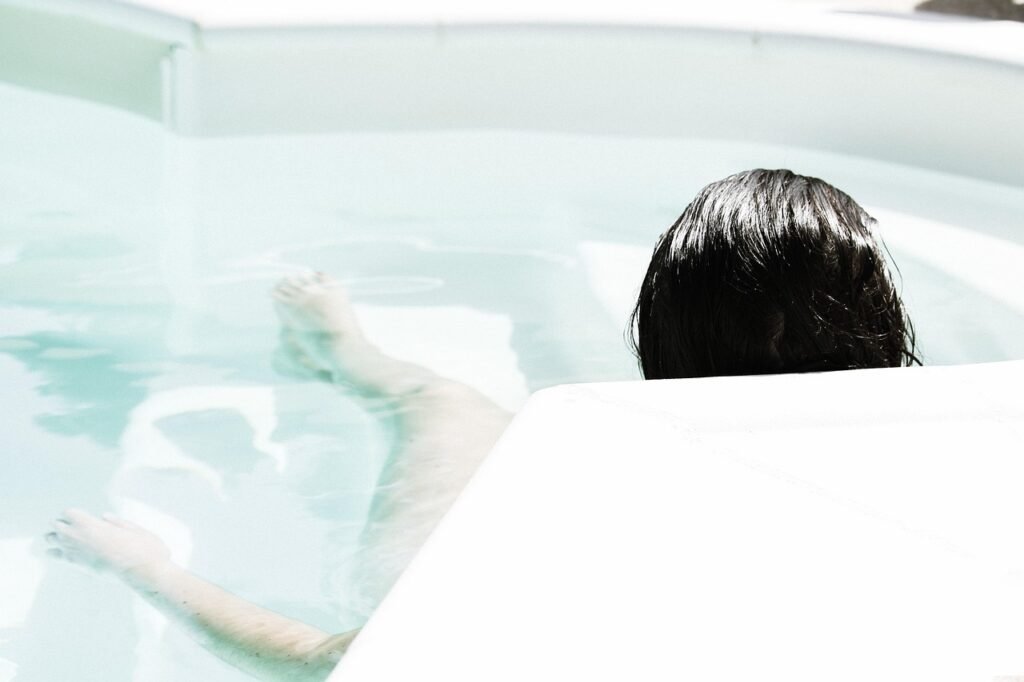
Cold Exposure and Metabolism
Cold water doesn’t just affect blood chemistry; it also influences your metabolism. This is important to understand, especially if you’re using cold exposure as a method for improving health or facilitating weight loss.
Brown Adipose Tissue (BAT)
One of the critical players in cold-induced thermogenesis is brown adipose tissue (BAT). Unlike regular fat cells that store energy, BAT burns calories to generate heat.
How BAT Works
- Activation: When you are exposed to cold, BAT is triggered to start burning fat.
- Heat Production: This process produces heat, which helps maintain your core temperature.
Your body becomes a furnace, generating heat through this unique form of fat burning. Interestingly, activating BAT can have long-term benefits, such as improved metabolic rate and insulin sensitivity.
Cold Water and Cardiovascular Responses
The cardiovascular system also experiences significant changes in response to cold water. The combination of vasoconstriction and the heart’s increased workload brings about unique physiological outcomes.
Heart Rate Variability
While your heart rate will initially increase due to the shock and vasoconstriction, over time, regular exposure to cold water can lead to improved heart rate variability (HRV).
The Importance of HRV
- Indicator of Health: A higher HRV is often associated with better cardiovascular health and lower stress levels.
- Adaptation: Your body becomes better at managing stress responses, leading to improved overall well-being.
By embracing cold water, you can harness its potential to train your cardiovascular system effectively.
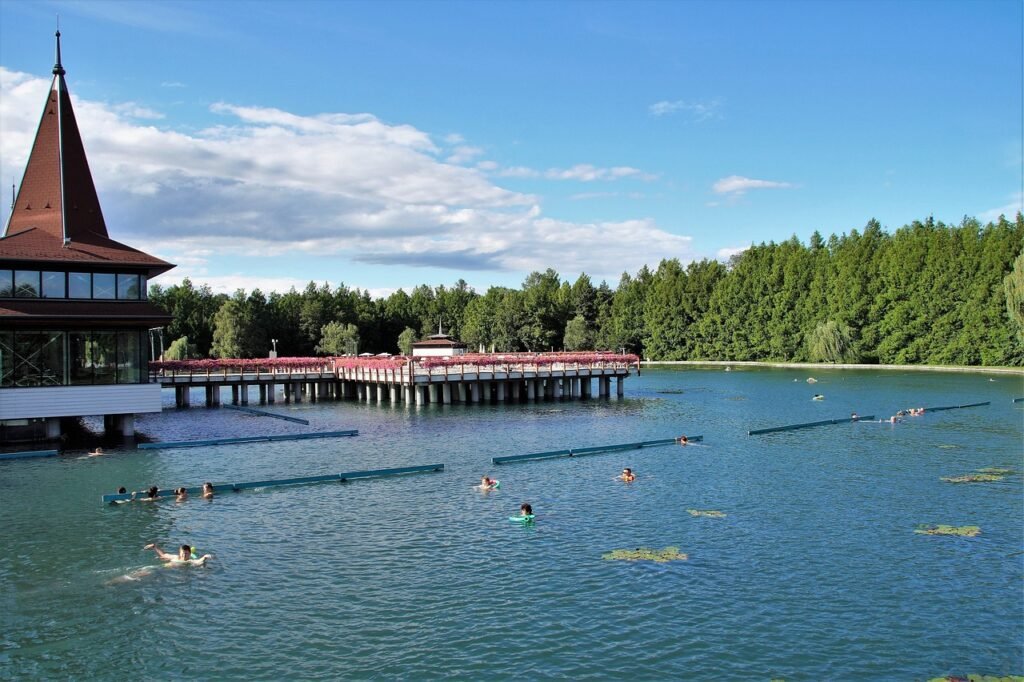
The Role of Oxygen Levels
Cold water immersion also affects your oxygen levels. As we’ve touched upon, the initial response to cold results in vasoconstriction, which can temporarily reduce the oxygen supply to peripheral tissues.
How Your Body Compensates
- Increased Breathing Rate: Initially, your breathing rate spikes, trying to take in more oxygen to meet the body’s demands.
- Redistribution of Oxygen: Even though your extremities may get less oxygen, your body ensures that vital organs like the brain and heart receive an ample supply.
This clever redistribution mechanism is essential for survival and ensures that you remain conscious and functional despite the cold stress.
Cold Water Immersion and Mental Health
You might not have realized it, but cold water also plays a fascinating role in mental health. The sharp contrast of cold exposure can lead to substantial mood improvements and stress relief.
The Effects of Cold on Neurotransmitters
- Release of Endorphins: Immersing yourself in cold water can trigger the release of endorphins, the body’s natural painkillers, which lead to a feeling of euphoria.
- Dopamine Release: This experience may boost dopamine levels, contributing to improved mood and feelings of pleasure.
Incorporating cold water exposure into your routine could lead to increased resilience against anxiety and stress, making it a valuable tool for mental wellness.
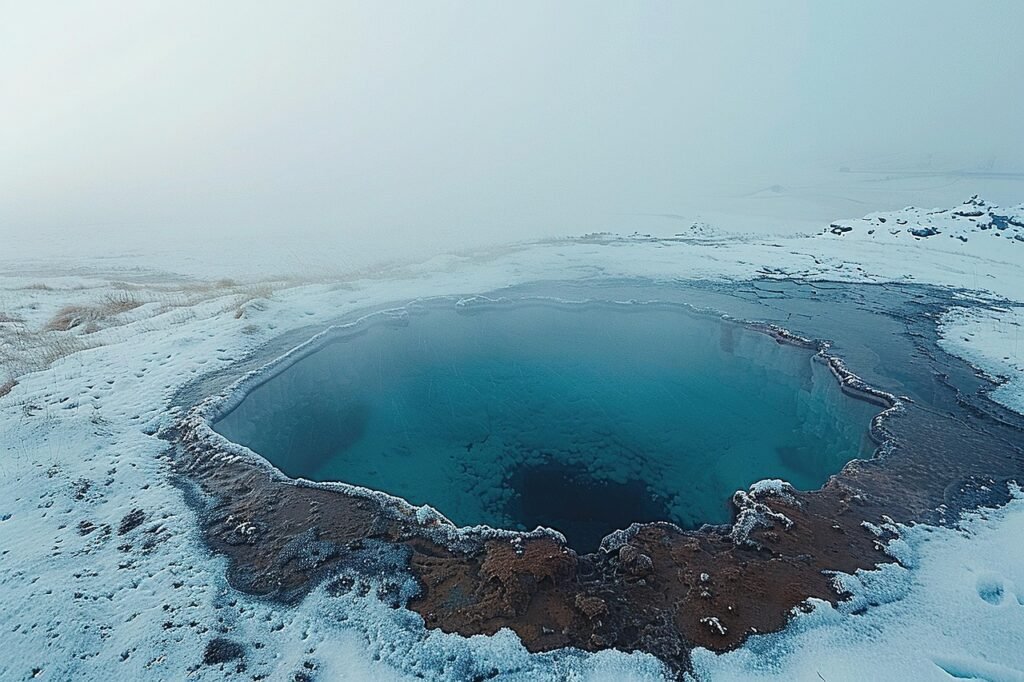
Practical Applications of Cold Water Therapy
With an understanding of cold water’s effects, you might be curious about practical applications. Cold water therapy can range from ice baths to simply enjoying a brisk swim on cooler days.
Different Methods of Cold Water Exposure
| Method | Description | Benefits |
|---|---|---|
| Ice Baths | Soaking in ice-cold water (typically 10-15 minutes) | Reduces muscle soreness, enhances recovery |
| Cold Showers | Brief exposure to cold water during showers | Improves circulation, boosts mood |
| Open Water Swimming | Engaging in swimming in lakes, rivers, or oceans | Strengthens mental fortitude, improves health |
Consider how these methods might fit into your lifestyle. While some may prefer the shock of an ice bath, others might find joy in a quick cold shower as a invigorating start to their day.
Risks and Considerations
While cold water therapy comes with benefits, it also has risks that you should keep in mind. It’s vital to approach cold exposure with caution to avoid potential hazards.
Hypothermia
One of the most significant risks associated with cold exposure is hypothermia. This occurs when your body loses heat faster than it can produce it, leading to dangerously low body temperatures.
Symptoms of Hypothermia
- Shivering
- Confusion or memory loss
- Slow and shallow breathing
Always make sure you know your limits and have a plan for warming up afterward if you choose to explore cold water immersion.
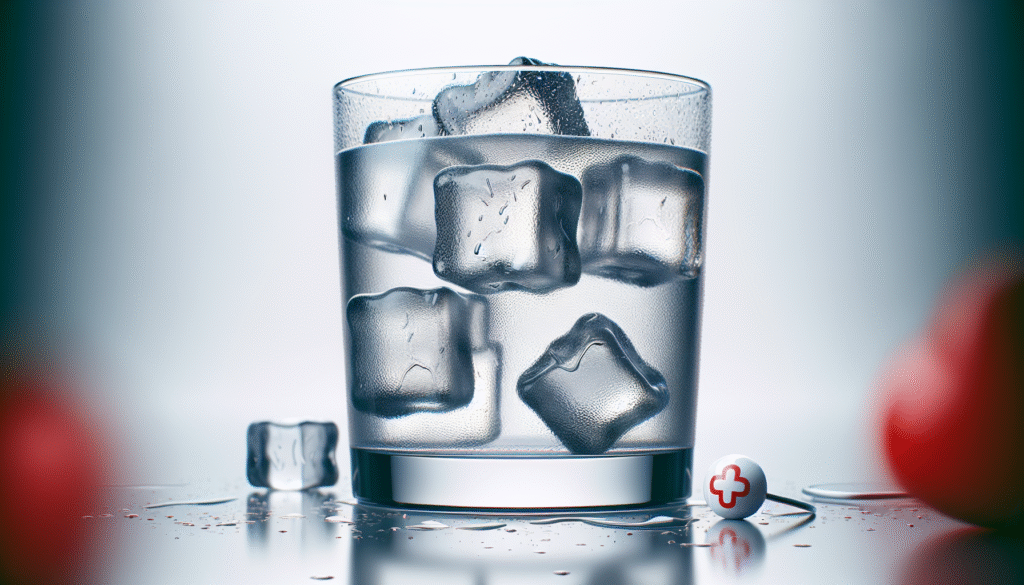
The Science of Cold Water Adaptation
The body can adapt remarkably well to repeated exposures to cold water. Understanding this adaptation provides insight into how and why the body responds the way it does.
Physiological Changes Over Time
- Enhanced Circulation: With regular cold exposure, your body learns to manage blood flow more effectively, even in cooler temperatures.
- Increased Metabolic Efficiency: Your metabolism becomes more adept at utilizing stored fats, leading to improved energy levels and body composition.
Recognizing these changes can motivate you to incorporate cold exposure into your routine with the knowledge that your body is capable of remarkable adjustments.
Cold Exposure and Immune Function
Another critical aspect of cold water immersion is its potential impacts on the immune system. Cold exposure can activate immune responses that might protect your body from illness.
Immune Boosting Effects
- Increased White Blood Cell Count: Regular cold exposure can lead to a rise in white blood cells, which are crucial for fighting infections.
- Improved Lymphatic Circulation: Cold water stimulation can enhance lymphatic flow, helping to remove toxins from your body more efficiently.
This immune response may be one of the reasons why some athletes turn to cold water therapy as part of their recovery plans.
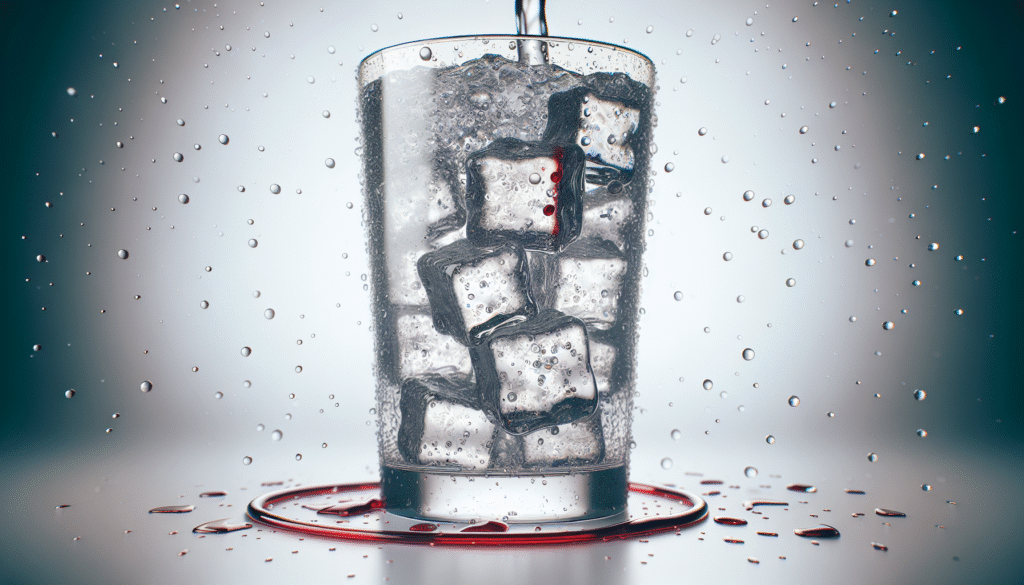
Creating Your Cold Water Routine
If you’re interested in implementing cold water therapy into your life, it’s helpful to create a routine that suits your needs and preferences.
Steps to Follow
- Start Slow: If you’re new to cold exposure, begin with cooler showers and gradually decrease the temperature over time.
- Set Goals: Determine what you want to achieve—whether it’s improved recovery, mood enhancement, or better immune function.
- Listen to Your Body: Always pay attention to how you feel during and after exposure. If something feels off, it’s okay to back off.
When you have a plan, you’ll feel more empowered to take on the chilly challenge.
Conclusion
So, next time you wonder about the effects of cold water on your body, remember that it goes far beyond the initial surprise of plunging into icy depths. Your body is undergoing a complex array of changes in blood chemistry and oxygen levels that demonstrate its remarkable ability to adapt. Cold water isn’t just a shock to the system; it’s a therapeutic experience that can enhance your overall health and well-being.
By understanding the science behind cold water immersion, you can harness its benefits, creating a pathway toward improved cardiovascular health, enhanced metabolism, and even better mental clarity. With careful consideration and respect for your body’s signals, you can make cold water a powerful ally in your health journey. So, are you ready to take the plunge?

